Home>Furniture>Kitchen Furniture>Types Of Juicers Featured In “Fat Sick And Nearly Dead”


Kitchen Furniture
Types Of Juicers Featured In “Fat Sick And Nearly Dead”
Modified: October 20, 2024
Looking for articles on the juicer used in the documentary "Fat Sick and Nearly Dead"? Discover everything you need to know about juicers and their benefits for a healthy lifestyle.
(Many of the links in this article redirect to a specific reviewed product. Your purchase of these products through affiliate links helps to generate commission for Storables.com, at no extra cost. Learn more)
Introduction
Welcome to our in-depth article exploring the world of juicing as showcased in the renowned documentary “Fat Sick and Nearly Dead”. In this film, director Joe Cross embarks on a life-changing journey to regain his health through the power of juicing. Through his personal story and the experiences of others, the film highlights the incredible benefits of incorporating fresh juices into our daily lives.
“Fat Sick and Nearly Dead” is not only an inspiring and eye-opening documentary, but it also serves as a valuable resource for individuals looking to improve their health through juicing. By understanding the significance of juicing and the different types of juicers featured in the film, we can make informed decisions on the best juicer to suit our needs.
In this article, we will explore the importance of juicing, delve into the various types of juicers showcased in the film, compare their features and pros and cons, and ultimately make recommendations on choosing the right juicer for you.
So whether you are already a fan of the film or are curious about the benefits of juicing, this article will serve as your guide to understanding the different juicers featured in “Fat Sick and Nearly Dead” and empower you to embark on your own healthy juicing journey.
Key Takeaways:
- Juicing, as depicted in “Fat Sick and Nearly Dead,” offers a transformative path to health, vitality, and weight loss through nutrient-rich, easily digestible juices. The film showcases various juicer types, empowering viewers to make informed choices for their juicing journey.
- “Fat Sick and Nearly Dead” presents a diverse range of juicers, from fast and convenient centrifugal models to nutrient-preserving masticating and twin gear options. Understanding the pros, cons, and unique features of each juicer type is crucial for selecting the ideal juicer that aligns with individual health goals and lifestyle.
Read also: 11 Amazing Juicer And Blender for 2025
Overview of “Fat Sick and Nearly Dead”
“Fat Sick and Nearly Dead” is a captivating documentary that chronicles the personal journey of Joe Cross, an Australian entrepreneur who embarks on a mission to regain his health. At the beginning of the film, Joe is overweight, suffers from a debilitating autoimmune disease, and heavily relies on medication to manage his condition.
Determined to turn his life around, Joe decides to embark on a 60-day juice fast while traveling across the United States. Throughout the film, he encounters individuals who are also struggling with their health and introduces them to the benefits of juicing.
The documentary provides a powerful message of hope and transformation as Joe and the people he meets experience incredible weight loss, improved energy levels, and a reduction in their dependency on medication. Through their personal stories, “Fat Sick and Nearly Dead” demonstrates the healing power of fresh fruits and vegetables and the transformative impact that juicing can have on our overall well-being.
The film not only focuses on the physical benefits of juicing but also emphasizes the importance of adopting a healthier lifestyle and mindset. It showcases the impact that nutrition and self-care can have on one’s overall health and serves as a powerful reminder that it is never too late to make positive changes in our lives.
One of the significant takeaways from the film is the concept of rebooting our bodies through juicing. By giving our digestive system a break and flooding our bodies with nutrient-rich juices, we can provide the necessary fuel for our cells to repair and rejuvenate.
Overall, “Fat Sick and Nearly Dead” is an inspiring documentary that showcases the transformative power of juicing and serves as a catalyst for individuals seeking to improve their health and well-being.
Importance of Juicing in the Film
In the film “Fat Sick and Nearly Dead,” juicing takes center stage as a powerful tool for improving health and well-being. The importance of juicing is highlighted throughout the documentary as Joe Cross and the individuals he meets on his journey experience remarkable transformations through the incorporation of fresh juices into their daily lives.
One of the key reasons juicing is emphasized in the film is its ability to provide an abundance of essential nutrients and antioxidants in an easily digestible form. By extracting the juice from fruits and vegetables, we can consume a concentrated dose of vitamins, minerals, and phytonutrients that would be difficult to obtain in the same quantities through eating whole foods alone.
This is particularly beneficial for individuals who struggle with consuming an adequate amount of fruits and vegetables or who have compromised digestion. Juicing allows them to effectively nourish their bodies and support overall health.
Another important aspect of juicing highlighted in the film is its potential for weight loss and improved energy levels. By replacing processed foods and sugary beverages with fresh, nutrient-dense juices, individuals can lower their calorie intake while still providing their bodies with vital nutrients. This can lead to significant weight loss, increased energy, and improved overall vitality.
Furthermore, juicing is shown to have a positive impact on gut health and digestion. The film highlights the importance of a healthy gut microbiome in supporting overall well-being, and juicing is portrayed as a means of promoting microbial diversity and enhancing digestive function.
One of the most powerful aspects of juicing demonstrated in the film is its potential for reducing reliance on medication. Through juicing and adopting a healthy lifestyle, individuals in the film are able to improve their conditions and reduce or eliminate their need for medication.
Overall, the importance of juicing in “Fat Sick and Nearly Dead” lies in its ability to provide a concentrated source of essential nutrients, support weight loss and improved energy levels, enhance gut health, and reduce reliance on medication. It serves as a powerful reminder of the transformative impact that juicing can have on our overall health and well-being.
Types of Juicers Featured in the Film
In “Fat Sick and Nearly Dead,” several types of juicers are showcased, each with its unique features and benefits. These juicers are used by Joe Cross and the individuals he encounters on his juicing journey. Understanding the different types of juicers can help us make informed decisions when choosing the right juicer for our own juicing endeavors.
1. Centrifugal Juicers: Centrifugal juicers are the most common type of juicer featured in the film. They work by using a fast-spinning blade to extract juice from fruits and vegetables. This type of juicer is known for its speed and convenience, as it can quickly produce a glass of juice. However, it may generate more heat and oxidize the juice due to the high-speed spinning, potentially impacting the nutritional content.
2. Masticating Juicers: Masticating juicers, also known as slow juicers or cold press juicers, are another type showcased in the film. They operate at a slower speed, using a chewing or grinding motion to extract juice from produce. Masticating juicers are often favored for their ability to preserve more nutrients and enzymes in the juice due to the slow extraction process. They also tend to be more efficient in juicing leafy greens and can produce a higher yield of juice.
3. Twin Gear Juicers: Twin gear juicers, also known as triturating juicers, are a more advanced type of juicer featured in the film. They operate by using two interlocking gears to crush and squeeze the juice out of fruits and vegetables. Twin gear juicers are known for their high juice yield and their ability to handle a wide variety of produce, including tough and fibrous ingredients. However, they are generally more expensive and require more effort in terms of cleaning and maintenance.
4. Blenders: While not technically a juicer, blenders are also featured in the film as an alternative method of creating nutrient-rich drinks. Blending involves pulverizing the whole fruits and vegetables, including the fibrous parts, resulting in a thicker and more filling beverage. Blended drinks, often referred to as smoothies, contain more fiber and can help with digestion and satiety. However, they are not as effective in extracting the juice as dedicated juicers.
Each type of juicer featured in “Fat Sick and Nearly Dead” has its advantages and considerations. The choice of juicer ultimately depends on individual preferences, budget, and desired outcomes. Understanding the different juicer options can help us make an informed decision and embark on our own juicing journeys with confidence.
When looking for the juicer used in “Fat, Sick, and Nearly Dead,” consider the Breville Juice Fountain Elite. It’s a powerful and efficient juicer that can handle a variety of fruits and vegetables.
Comparison of Juicers in “Fat Sick and Nearly Dead”
In the documentary “Fat Sick and Nearly Dead,” various juicers are showcased, each with its own unique features and benefits. Let’s compare some of the juicers featured in the film to help you gain a better understanding of their differences.
1. Centrifugal Juicers: Centrifugal juicers, like the Breville Juice Fountain, are known for their speed and convenience. They work by using a fast-spinning blade to extract juice from fruits and vegetables. These juicers are ideal for those who are short on time and value quick and easy juicing. However, they may not be as efficient in extracting juice from leafy greens and may generate more heat, potentially impacting the nutritional content of the juice.
2. Masticating Juicers: Masticating juicers, such as the Omega J8006, operate at a slower speed and use a chewing or grinding motion to extract juice from produce. These juicers are known for their ability to preserve more nutrients and enzymes due to the slow extraction process. They are efficient in juicing leafy greens and can produce a higher yield of juice. However, they may be slower in comparison to centrifugal juicers and may require more preparation time as they have narrower feeding tubes.
3. Twin Gear Juicers: Twin gear juicers, such as the GreenStar Elite, are more advanced and feature two interlocking gears that crush and squeeze the juice out of fruits and vegetables. These juicers are known for their high juice yield and their ability to handle a wide variety of produce, including tough and fibrous ingredients. They are ideal for serious juicers who prioritize maximum juice extraction. However, they tend to be more expensive, require more effort in terms of cleaning and maintenance, and may have a steeper learning curve.
When comparing these juicers, it is essential to consider factors such as speed, efficiency, ease of use, versatility, and budget. Centrifugal juicers offer quick and convenient juicing but may compromise on some nutritional benefits. Masticating juicers prioritize nutrient preservation and efficient extraction, while twin gear juicers excel in maximum juice yield but come with a higher price tag and maintenance requirements.
Ultimately, the choice of juicer depends on your personal preferences, juicing goals, and budget. It’s important to assess your needs and priorities before making a decision. Consider factors such as the types of fruits and vegetables you plan to juice, the quantity of juice you need, and the level of convenience and ease of use you desire.
By understanding the features and differences of the juicers showcased in “Fat Sick and Nearly Dead,” you can make an informed decision and select the juicer that best suits your lifestyle and juicing needs.
Read more: How To Store Fat Quarters
Pros and Cons of the Juicers
When considering which juicer to choose for your own juicing journey, it’s essential to weigh the pros and cons of each type of juicer. Let’s explore the advantages and disadvantages of the juicers featured in “Fat Sick and Nearly Dead” to help you make an informed decision.
1. Centrifugal Juicers:
- Pros:
- Fast and convenient juicing process
- Wide feeding chute requires less preparation time
- Easy to use and clean
- Relatively affordable compared to other types of juicers
- Cons:
- May generate more heat and oxidize the juice, potentially reducing nutritional content
- Less efficient in juicing leafy greens and extracting maximum juice yield
2. Masticating Juicers:
- Pros:
- Preserve more nutrients and enzymes due to the slow extraction process
- Efficient in extracting juice from leafy greens
- Produce high juice yield
- Can handle a variety of produce
- Cons:
- Slower juicing process compared to centrifugal juicers
- Require more preparation time as they typically have narrower feeding tubes
3. Twin Gear Juicers:
- Pros:
- Produce maximum juice yield
- Efficiently juice tough and fibrous ingredients
- Preserve nutrients and enzymes
- Can handle a wide variety of produce
- Cons:
- Higher price point compared to other juicers
- Require more effort in terms of cleaning and maintenance
- May have a steeper learning curve for operation
It’s important to consider your priorities and needs when evaluating the pros and cons of the juicers. If convenience and speed are your main concerns, a centrifugal juicer may be a suitable choice. If preserving nutrients and efficient juicing of leafy greens are important to you, a masticating juicer might be more suitable. And if maximum juice yield and versatility are your priorities, a twin gear juicer could be the right option.
Additionally, it’s worth considering your budget, maintenance preferences, and the types of produce you plan to juice. By carefully weighing these factors against the pros and cons of each juicer, you’ll be able to make an informed decision that best aligns with your juicing goals and lifestyle.
Recommendation for Choosing a Juicer
When it comes to choosing a juicer, there is no one-size-fits-all answer. The right juicer for you depends on your specific needs, preferences, and lifestyle. To help you make an informed decision, here are some key factors to consider:
1. Health Goals: Consider your health goals and what you hope to achieve through juicing. If weight loss and increased energy are your priorities, a juicer that efficiently extracts juice from a wide variety of fruits and vegetables may be ideal. If you’re focused on preserving maximum nutrients, a masticating juicer can be a great choice.
2. Budget: Determine your budget and how much you’re willing to invest in a juicer. Centrifugal juicers are generally more affordable, while masticating and twin gear juicers tend to be more expensive due to their advanced features.
3. Convenience: Assess how much time and effort you’re willing to dedicate to juicing. Centrifugal juicers are quick and easy to use and clean, making them a convenient choice for those with busy schedules. Masticating and twin gear juicers often require more preparation time and thorough cleaning.
4. Type of Produce: Consider the types of fruits and vegetables you plan to juice regularly. If you prefer juicing leafy greens, a masticating or twin gear juicer is better equipped to handle these ingredients, whereas centrifugal juicers may struggle with extraction efficiency.
5. Noise Level: Think about your tolerance for noise. Centrifugal juicers tend to be louder due to their high-speed spinning, while masticating and twin gear juicers operate at lower speeds and produce less noise.
6. Longevity and Warranty: Research the brand’s reputation and the durability of the juicer you’re considering. Look for juicers that come with a good warranty to give you peace of mind regarding potential issues or defects.
Ultimately, the best juicer for you is the one that aligns with your unique needs and preferences. If you’re new to juicing and unsure of your commitment level, starting with a cost-effective centrifugal juicer can be a good option. If you’re serious about juicing and prioritize nutrient preservation, investing in a high-quality masticating or twin gear juicer is worth considering.
Remember to read reviews, compare different models, and assess the features and benefits of each juicer. Choose a juicer that not only meets your current juicing needs but also has the potential to support your long-term health and well-being goals.
Frequently Asked Questions about Types Of Juicers Featured In "Fat Sick And Nearly Dead"
Was this page helpful?
At Storables.com, we guarantee accurate and reliable information. Our content, validated by Expert Board Contributors, is crafted following stringent Editorial Policies. We're committed to providing you with well-researched, expert-backed insights for all your informational needs.
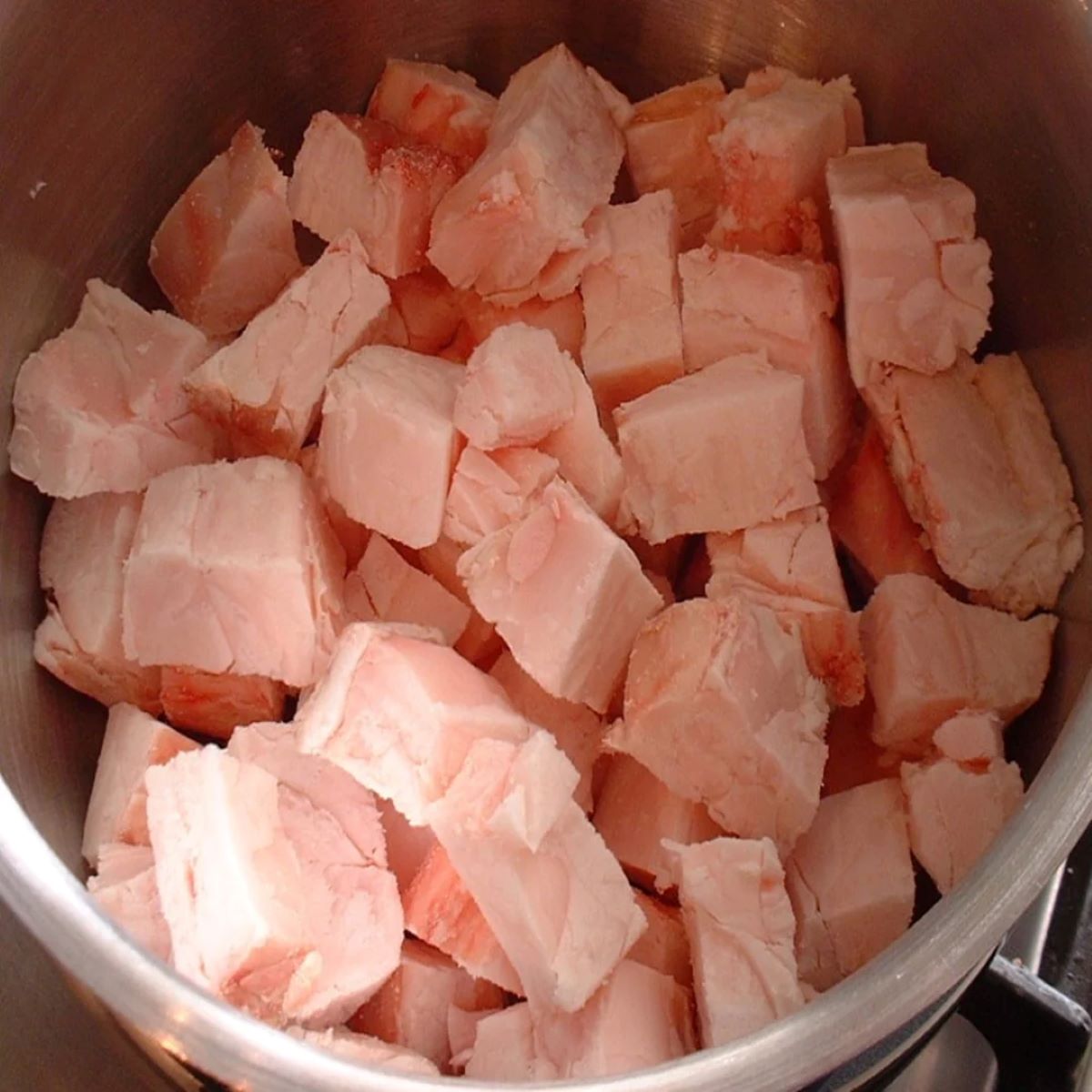


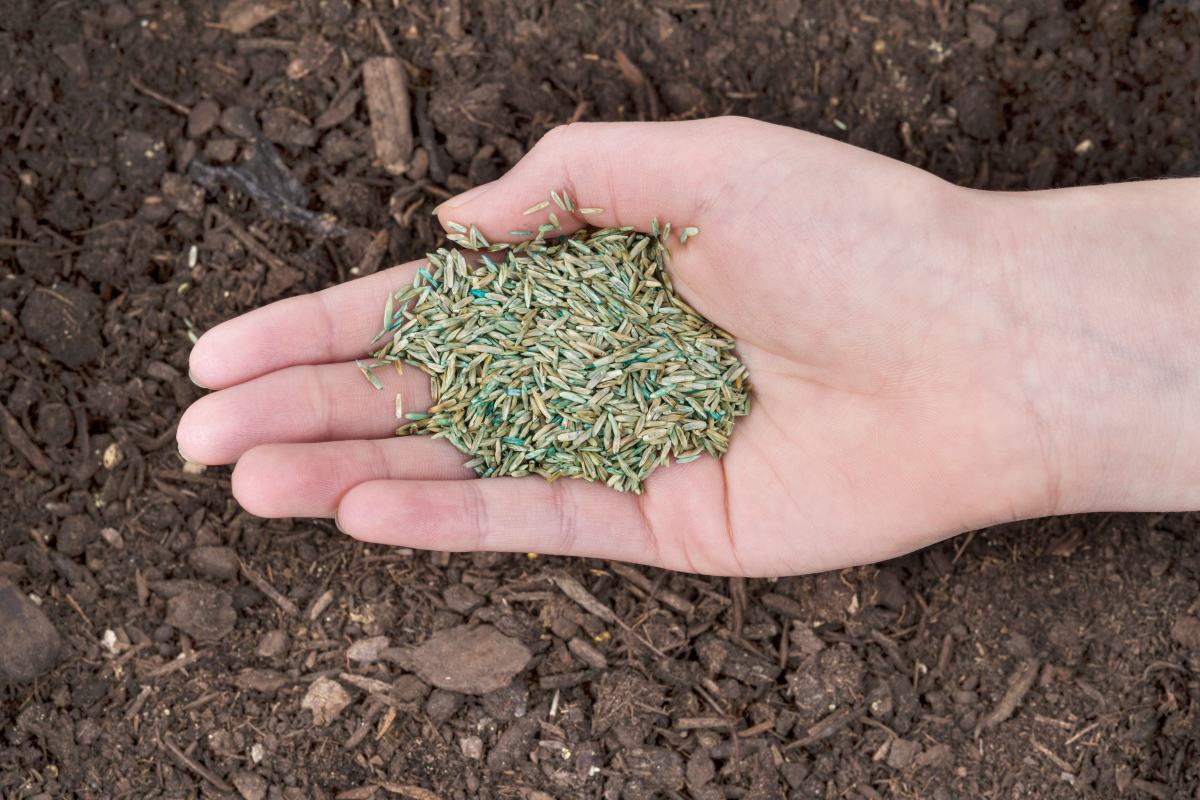



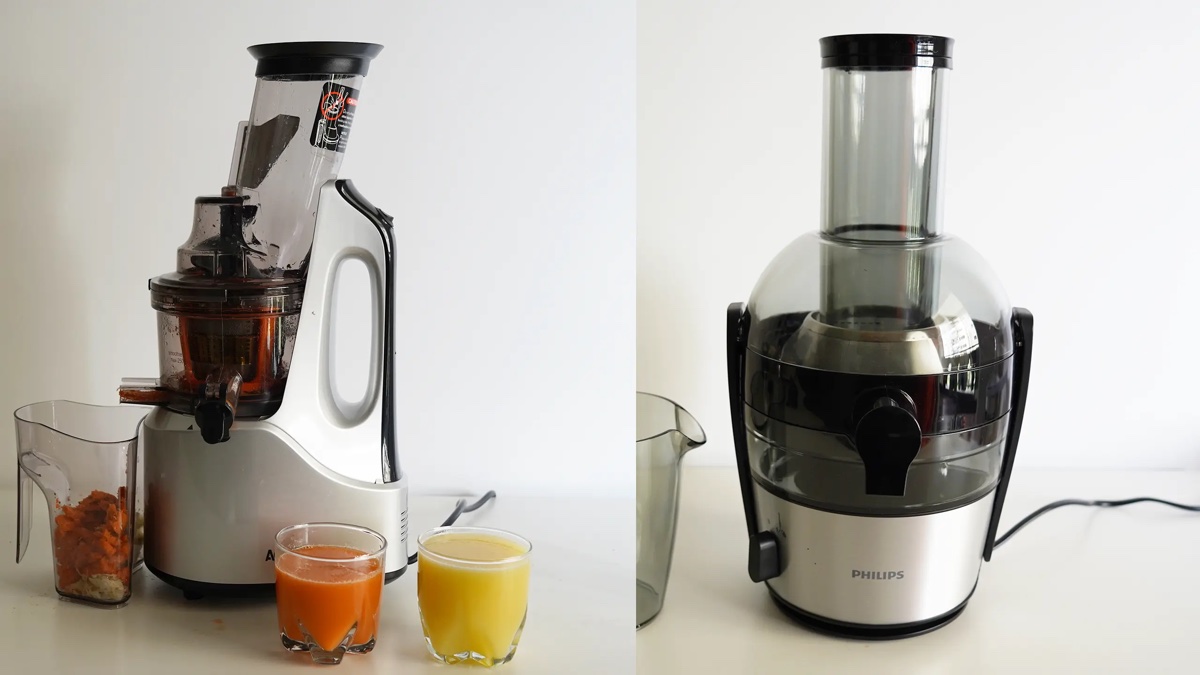
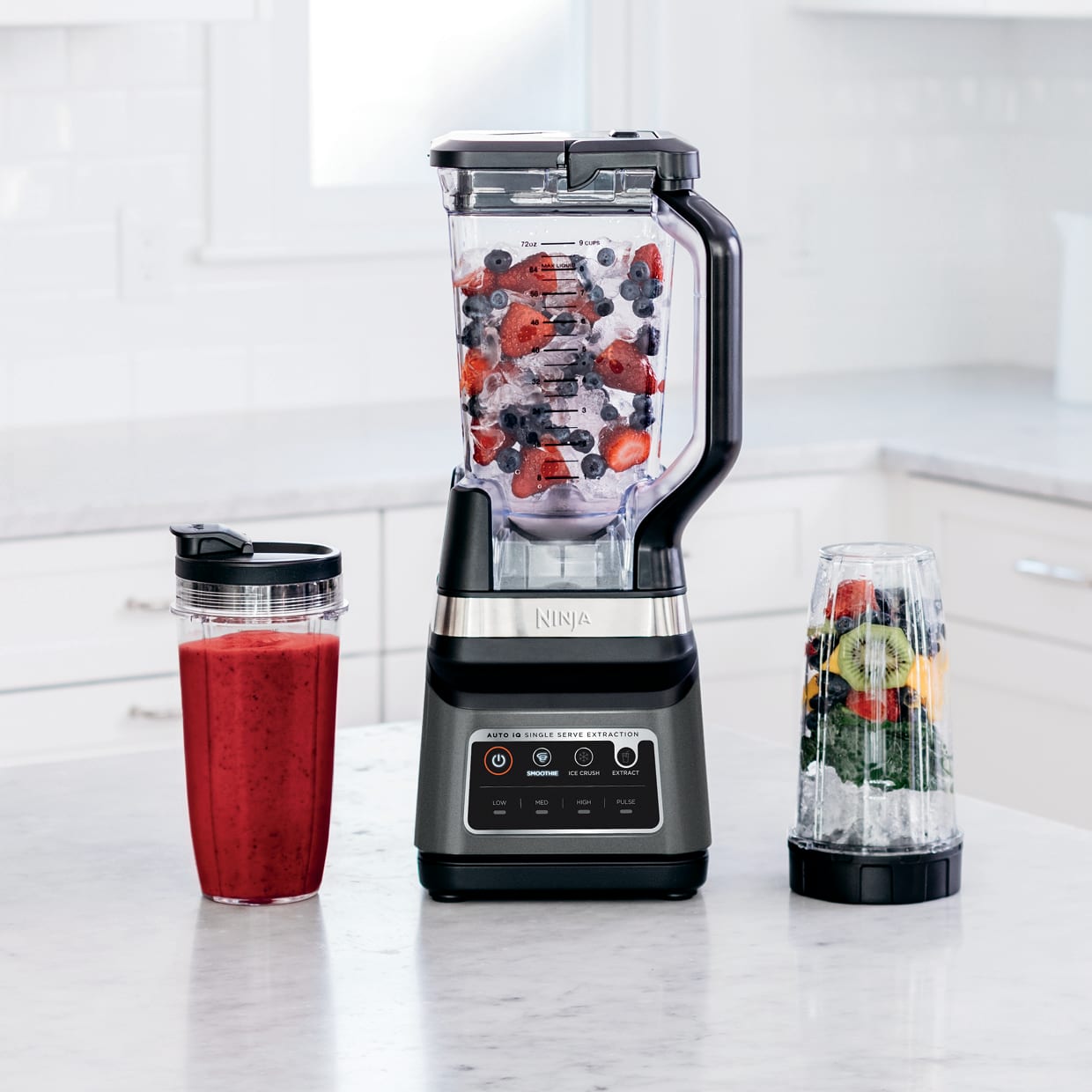
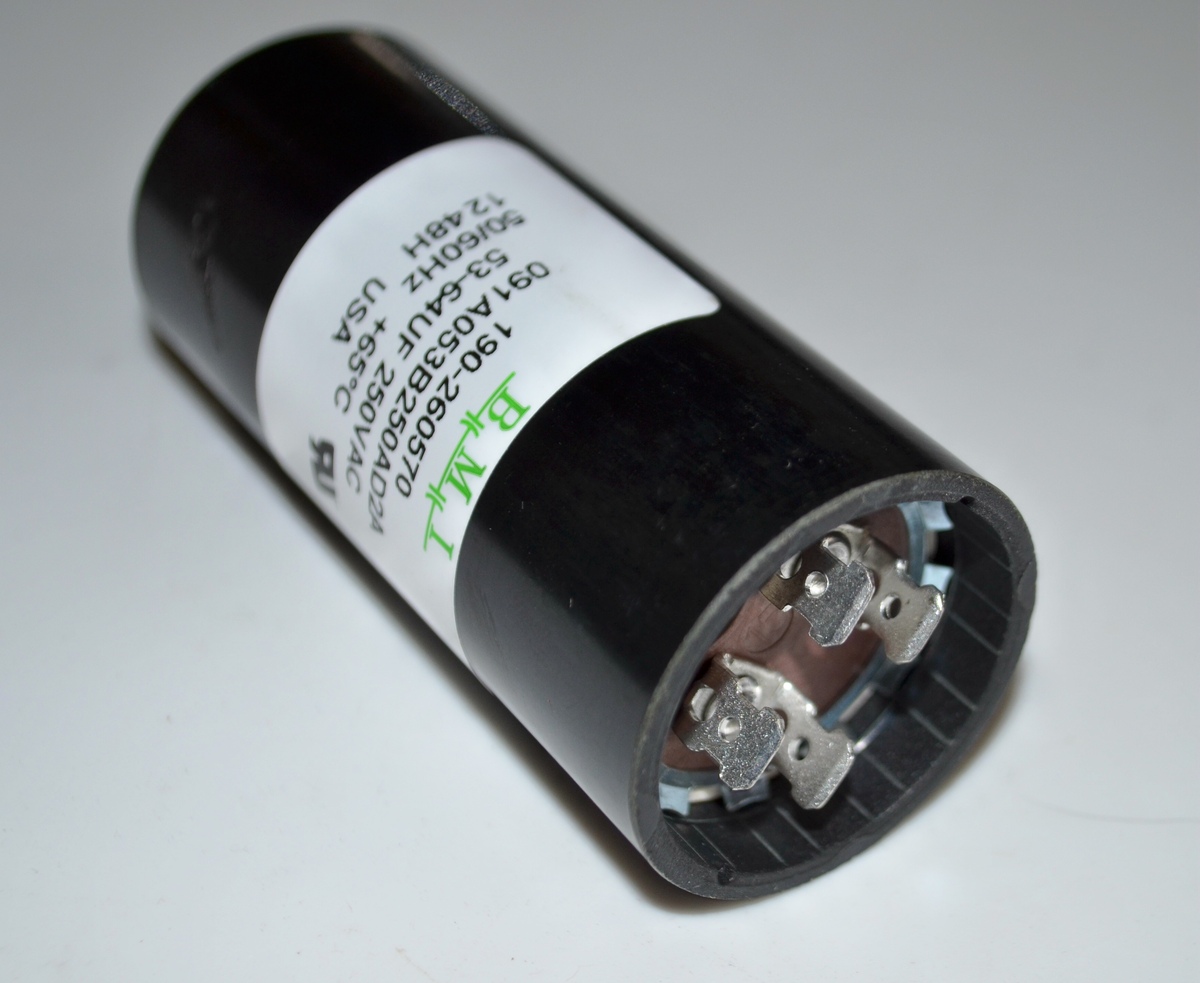

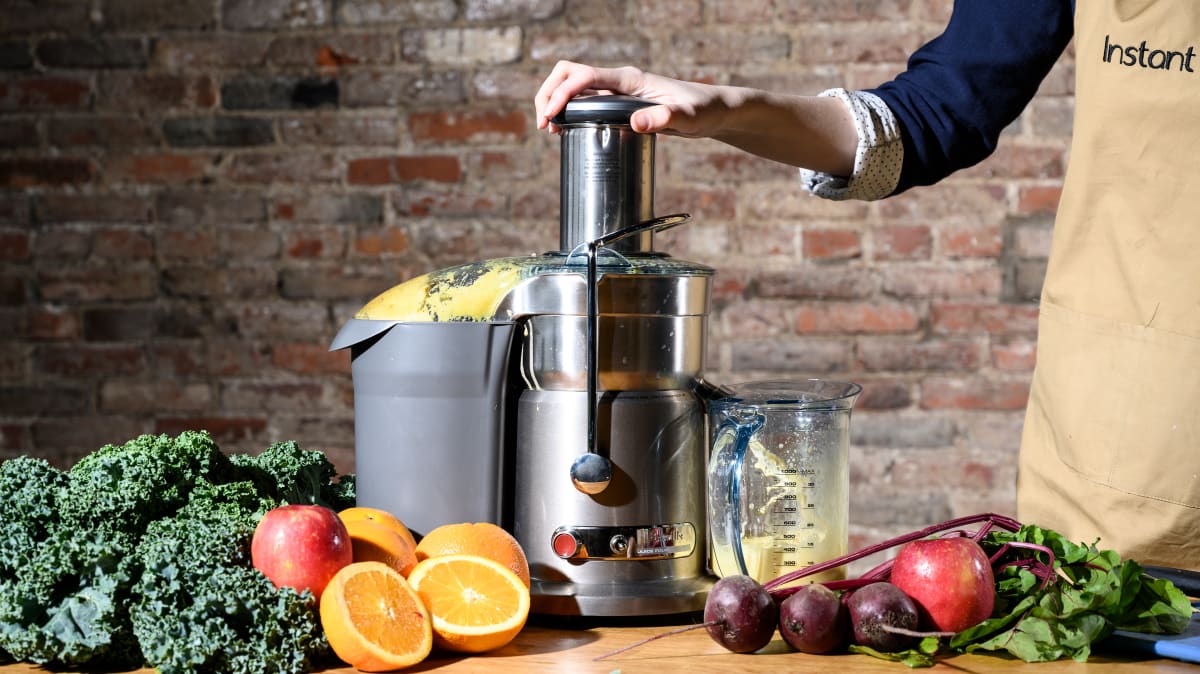

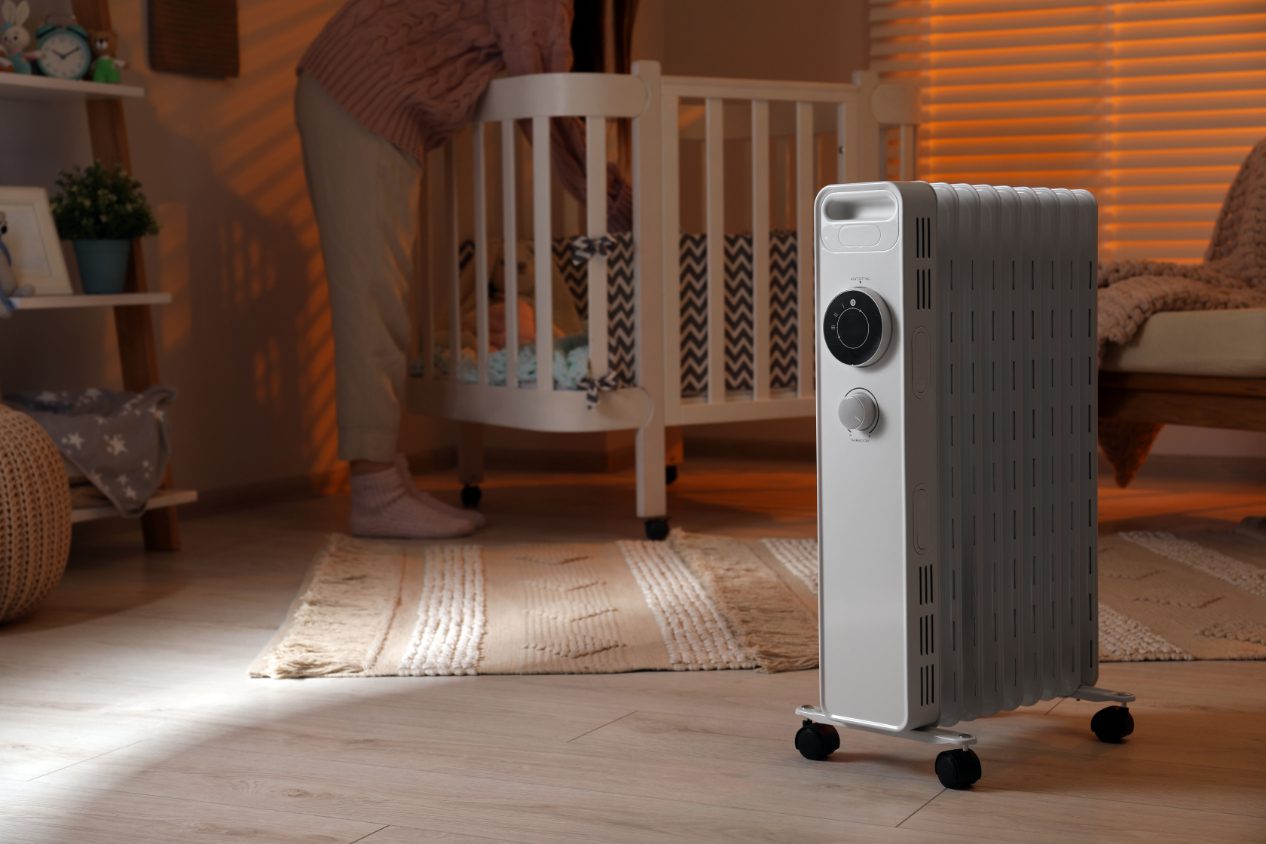

0 thoughts on “Types Of Juicers Featured In “Fat Sick And Nearly Dead””